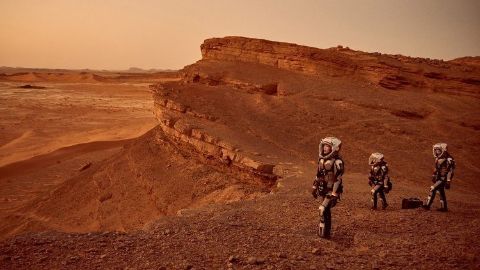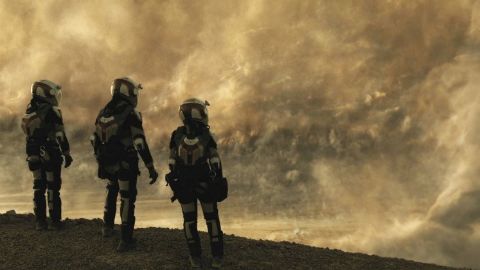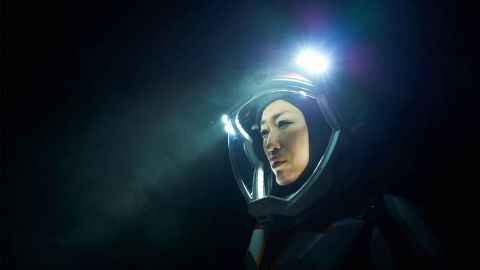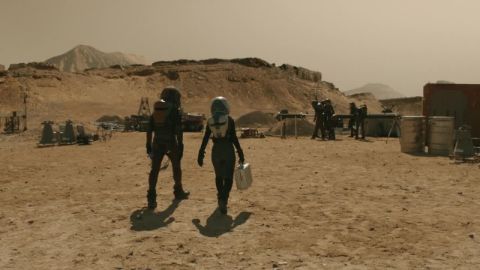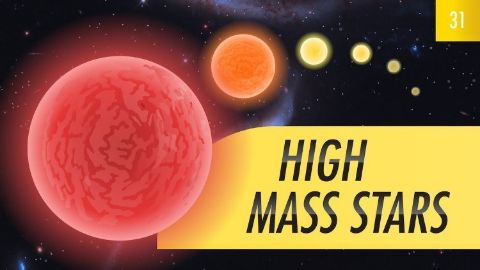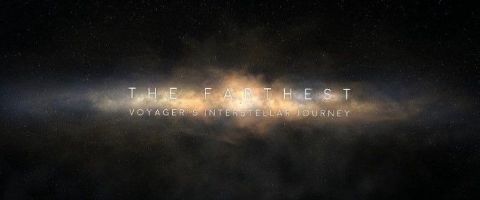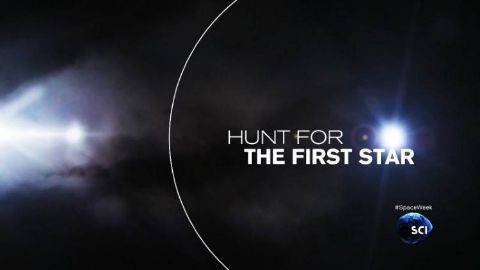MARS • 2016 - 2018 • 12 episodes •
The story is told in a documentary way, looking at the present day. The future mission is filmed as a movie. In this episode scenes are changing in these timeframes.
2016 • Astronomy
In 2033, the Daedalus crew struggles to find permanent shelter. Currently, the European Space Agency and Roscosmos partner to launch an orbiter.
2016 • Astronomy
In 2037, psychological pressure takes its toll as the crew is trapped in the habitat. In reality, scientists study the effects of extreme isolation.
2017 • Astronomy
In 2037, a devastating tragedy in the colony forces everyone to question the mission. In the present, SpaceX attempts another pioneering launch.
2017 • Astronomy
After a decade on Mars, scientists await the arrival of miners from a for-profit corporation, causing tensions to rise between science and industry.
2018 • Astronomy
IMSF and Lukrum establish a tenuous coexistence with a common water source. In the present day on Earth, activists protest Arctic oil drilling.
2018 • Astronomy
When a solar flare strikes the planet and knocks out all communications, the Olympus Town team races against the clock to locate Marta.
2018 • Astronomy
Lukrum strikes a deal with Russia for exclusive mining rights. In the present day on Earth, ecosystems and indigenous lifestyles need protection from corporations.
2018 • Astronomy
Lukrum pushes its corporate interest too far and jeopardizes the colonies. In the present day on Earth, human activity has destabilized the natural world.
2018 • Astronomy


